
Vertical Mixed Use Buildings and Projects in the City of Austin
WGI is currently the civil engineer for several mixed-use and vertical mixed use projects in the City of Austin. Here’s how we can help you make your next VMU project a great success.
Learn from award-winning professionals — explore our whitepapers, blogs, and the latest industry updates.
Join our dynamic organization of engineers, land surveyors, landscape architects, environmental scientists, and architects!
Talk to a market leader today! We’ll answer any questions you have about our professional services.
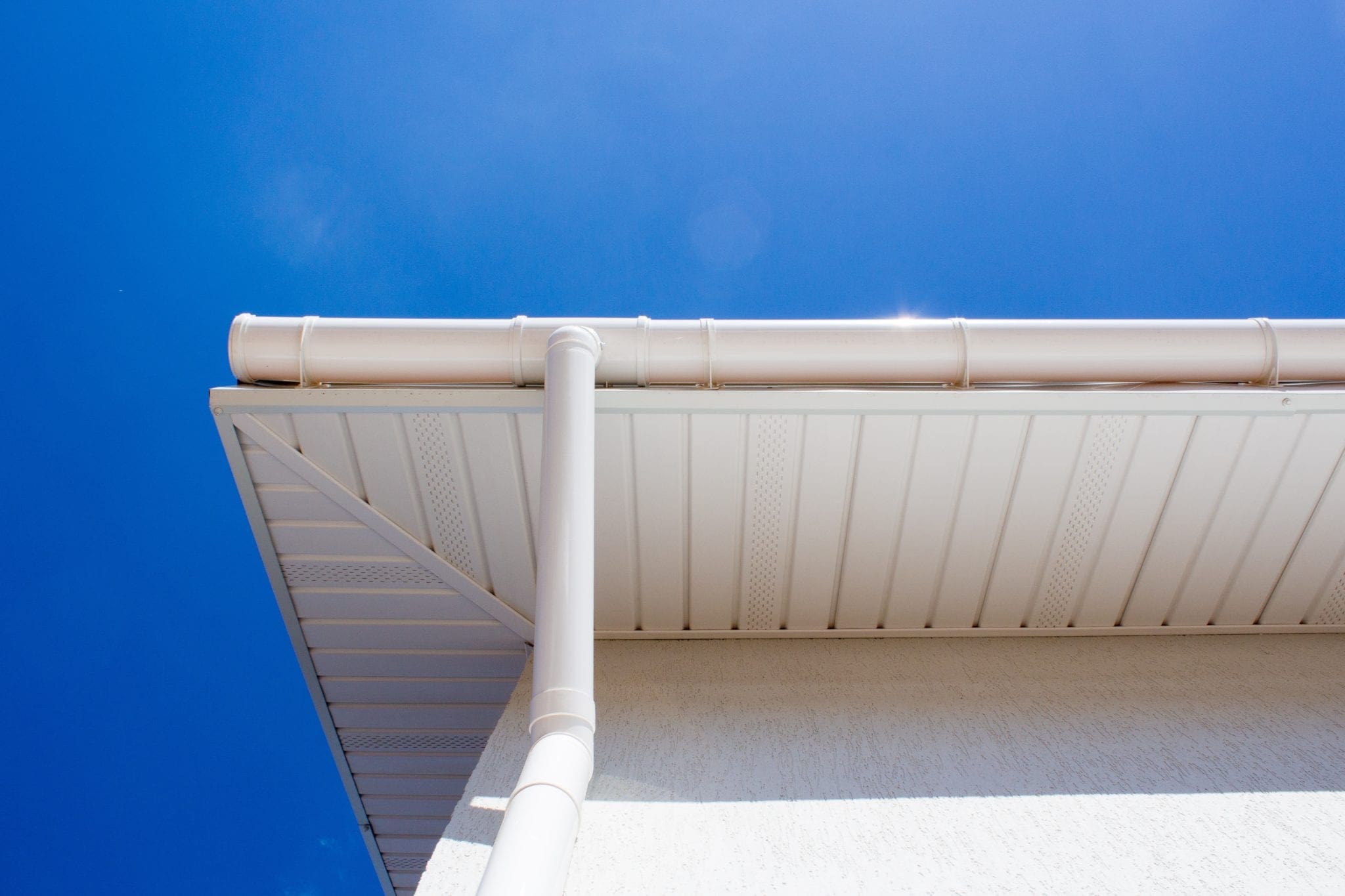
It’s important that the roof drainage system on your next commercial building is properly designed. Buildup of rainwater on a roof can cause structural damage and leaks. Improper gutter drainage can cause erosion of soils and foundation issues. It is important for architects, plumbing engineers, and civil engineers to work together to design a system that will properly drain rainwater from a building and site.
A typical commercial or multifamily residential building will utilize one of the following types of primary roof drainage:
These will drain to somewhere near the center of the roof and down through the building to underground storm mains or a detention pond. This form of roof drainage is preferred if a clean exterior appearance is desired. The roof is sloped towards the drain through either tapered insulation or through joist modifications below the roofline.

These will drain to the exterior of the building with downspouts and ultimately discharge at grade to sheet flow, or to be hard-piped to an underground storm system or detention pond. This form of drainage is preferred to prevent water from pooling on the roof and keeps rainwater from being routed through the building.
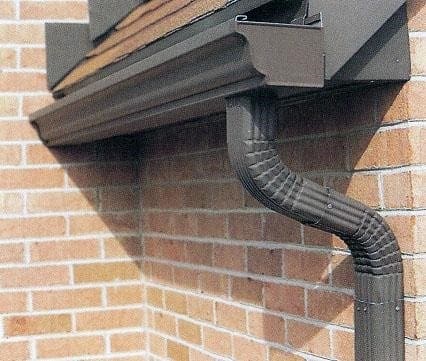
Environmentally friendly properties may consider utilizing storm water re-use through collection for irrigation and/or toilet use. This is not as common as traditional drainage systems, mainly due to the high up-front cost of these systems.
Typical roof drainage is sized at a rainfall rate that relates to a 100-year event. In Austin, this is laid out as approximately 4” per hour; however, in the City there is an amendment that requires the utilization of 5” per hour. (If you are not located in Austin, these rates and code requirements may vary.)
Primary drains should be sized according to UPC storm tables at a rainfall rate of 5” per hour. Note that roof drain bodies and vertical conductors are sized utilizing a different table that a horizontally sloped storm line. Different horizontal sloping will offer different drainage capacities. Code tables outline pipe slopes of: 1/8”, 1/4” and 1/2” per foot. Pipe sizing is listed as amount of square foot roof areas served by the drains.
Secondary (or emergency) roof drainage is required wherever the buildup of water is detrimental to the roof structure. Secondary drainage shall be provided through the use of sidewall scuppers or internal roof drains. In either case, the discharge shall be located so that it is readily visible by building occupants.
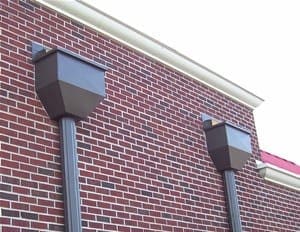
If discharge is witnessed, it’s a telltale sign that the primary roof drain may be clogged. The UPC also allows for secondary and primary drainage to be combined, provided the rainfall rate utilized is doubled and that the secondary drainage ties into the primary drain downstream of the last horizontal offset.

WGI is a national design and professional services firm leading in technology-based solutions for the construction of public infrastructure and real estate development. At WGI, we’re providing Tomorrow’s Infrastructure Solutions Today.

WGI is currently the civil engineer for several mixed-use and vertical mixed use projects in the City of Austin. Here’s how we can help you make your next VMU project a great success.
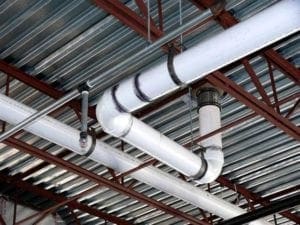
WGI’s MEP Engineering team can help an owner/developer understand the pros and cons of the selection of drainage material in construction.

Of all the contingencies facility owners and managers planned for in 2020, a global pandemic was probably pretty low on the list. WGI has some key strategies that facility owners and managers leverage to keep your operations functioning effectively and safely amid this global pandemic.

Discover the benefits of having a CxA consultant involved in your project.
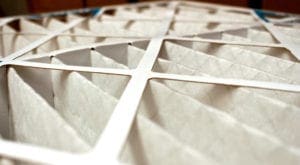
Indoor Air Quality (IAQ) is increasingly a top priority for the developers of Class A office space and those who operate those buildings. Discover how to leverage improved IAQ to increase your bottom line.

Discover how building owners and developers can leverage a better HVAC system as a competitive advantage in the post-COVID 19 world.
You’ve been searching for a place like WGI. We look forward to meeting you soon.
Sign up to receive emails to hear our latest news and achievements in our monthly newsletter.
Enter your zip code, and we’ll personalize your experience with local projects, office locations, team members, and more.
WGI supports its associates with meaningful opportunities for growth, strong benefits and perks, while we work collaboratively with clients and co-consultants to shape and improve communities.






WGI is a dynamic organization with opportunities nationwide for engineers, land surveyors, landscape architects, environmental scientists, and architects.